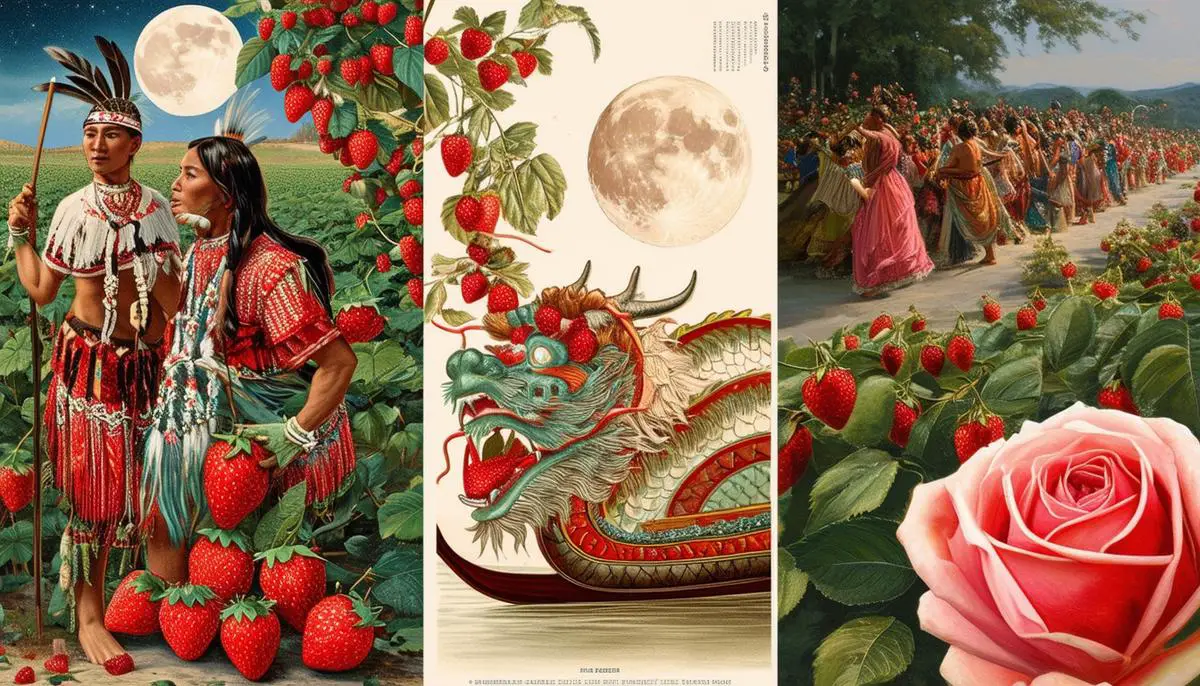Origins and Names of the Strawberry Moon
The Strawberry Moon, named by Native American tribes like the Algonquin, marks the ripening of wild strawberries. This name reflects the agricultural cycles of these tribes. However, it's not the only name for this lunar event.
Different cultures have various names for this June full moon:
- Algonquin and Ojibwe: "Strawberry Moon"
- Cherokee: "Green Corn Moon"
- Dakota: "Blooming Moon"
- European traditions: "Rose Moon" or "Honey Moon"
- Chinese culture: Associated with dragon boat races and the Duanwu Festival
Modern celebrations often blend ancient traditions with contemporary activities. Many people view the Strawberry Moon as a time for reflection and gratitude, marking the start of summer in the northern hemisphere.
This June full moon carries diverse names and meanings, reflecting the cultural richness of lunar observation across the world.
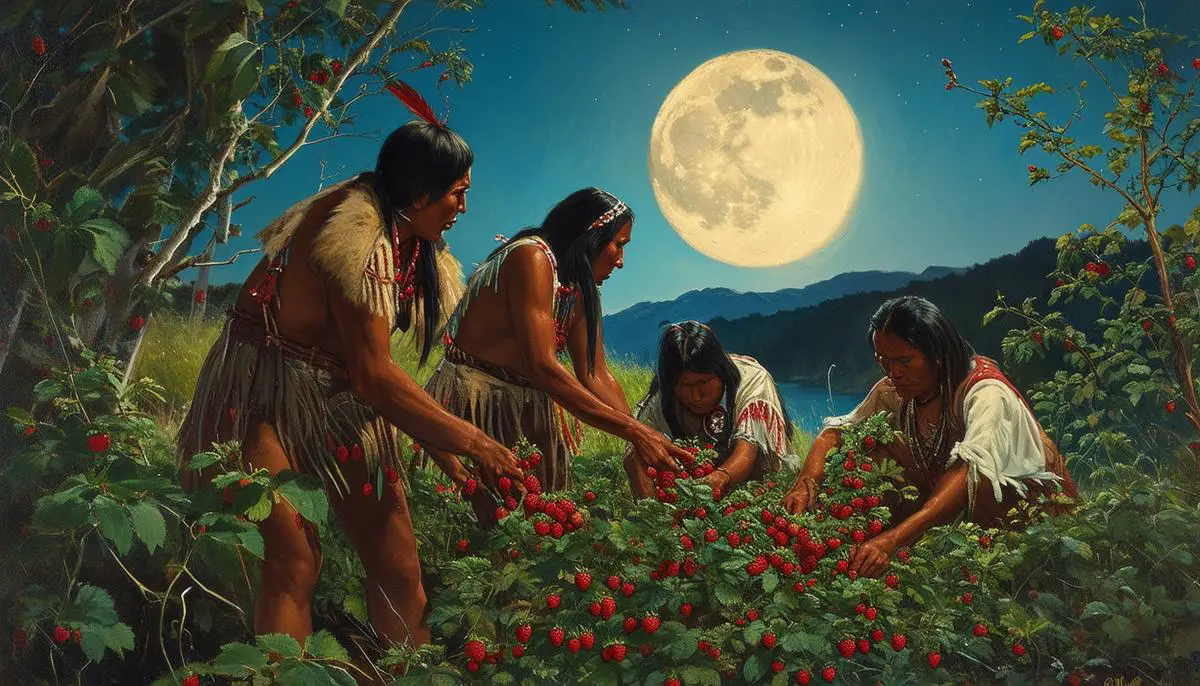
Native American Folklore
Native American tribes developed rich folklore around the Moon to mark time and seasons. The Strawberry Moon, particularly important to the Algonquin, Ojibwe, Cherokee, and Dakota, exemplifies how these groups intertwined celestial events with daily life.
For different tribes, the Strawberry Moon signified:
- Algonquin: Berry picking time and broader agricultural activities
- Ojibwe: Time for rituals and community gatherings
- Cherokee: Focus on early corn growth ("Green Corn Moon")
- Dakota: Observation of wildflower emergence ("Blooming Moon")
These tribes imbued lunar events with stories and legends, fostering a deeper connection with their environment. The folklore was passed down through generations via storytelling, song, and dance, ensuring the wisdom of lunar cycles remained a foundational element of their culture.
Beyond practical uses, these traditions provided a framework for teaching respect for nature, community importance, and the interconnectedness of life. The moon's cyclical nature mirrored aspects of human and ecological existence, reinforcing a worldview where everything was interlinked.
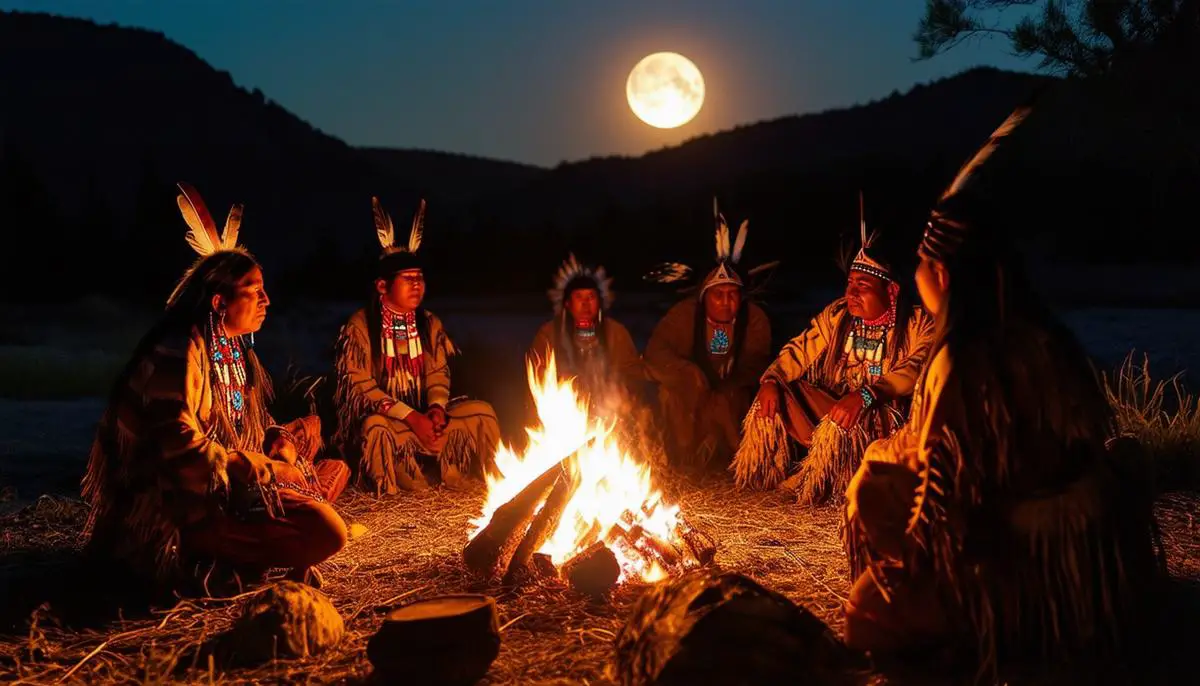
European and Asian Traditions
In European traditions, the Strawberry Moon is known as the "Rose Moon," reflecting June's blooming roses. Another name, "Honey Moon," relates to June weddings and the sweet honeymoon period following them.
In Asian cultures, particularly China, this moon coincides with the Duanwu Festival, also known as the Dragon Boat Festival. Communities race dragon boats and make offerings to river gods, preparing and sharing zongzi (sticky rice dumplings) as tributes.
In Japan, the June full moon is a time for reflection, often celebrated with moon-viewing festivals involving poetry and tea ceremonies. This aligns with the Japanese aesthetic principle of wabi-sabi, finding beauty in impermanence and simplicity.
"The moon does not fight. It attacks no one. It does not worry. It does not try to crush others. It keeps to its course, but by its very nature, it gently influences. What other body could pull an entire ocean from shore to shore? The moon is faithful to its nature and its power is never diminished." – Deng Ming-Dao
These diverse traditions highlight the universal human impulse to celebrate celestial events. While practices vary, they all reflect a deep-rooted appreciation for the moon and its phases, inviting people to pause, reflect, and engage with the world around them.
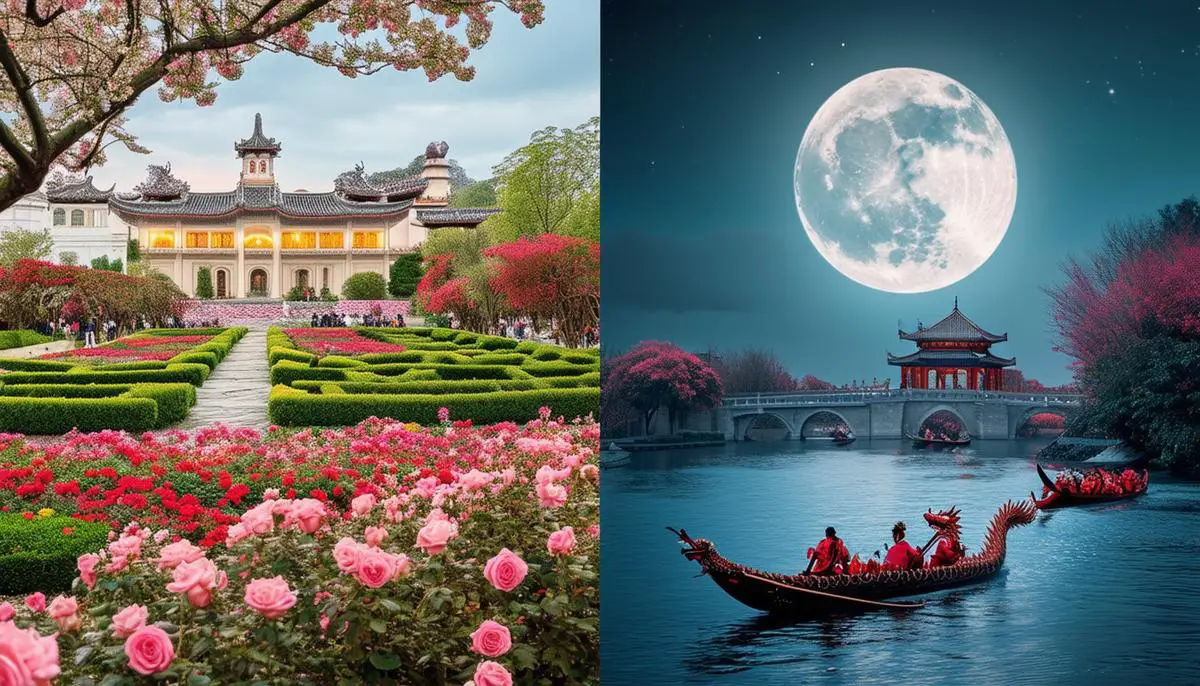
Modern Interpretations and Celebrations
Today, people celebrate the Strawberry Moon through various gatherings and rituals, often seeking to reconnect with nature. Outdoor festivities like moonlit picnics and stargazing are common, creating an atmosphere of communal appreciation for the natural world.
Modern celebrations include:
- Moon rituals involving intention-setting and meditation
- Artistic pursuits inspired by themes of nature and growth
- Community events and workshops exploring lunar significance
- Moon circles for sharing experiences and intentions
- Symbolic gardening under the Strawberry Moon
These contemporary practices illustrate how this celestial event continues to inspire and unite people across cultures. Whether through gatherings, rituals, or creative pursuits, the Strawberry Moon remains a powerful reminder of our connection to nature and each other.
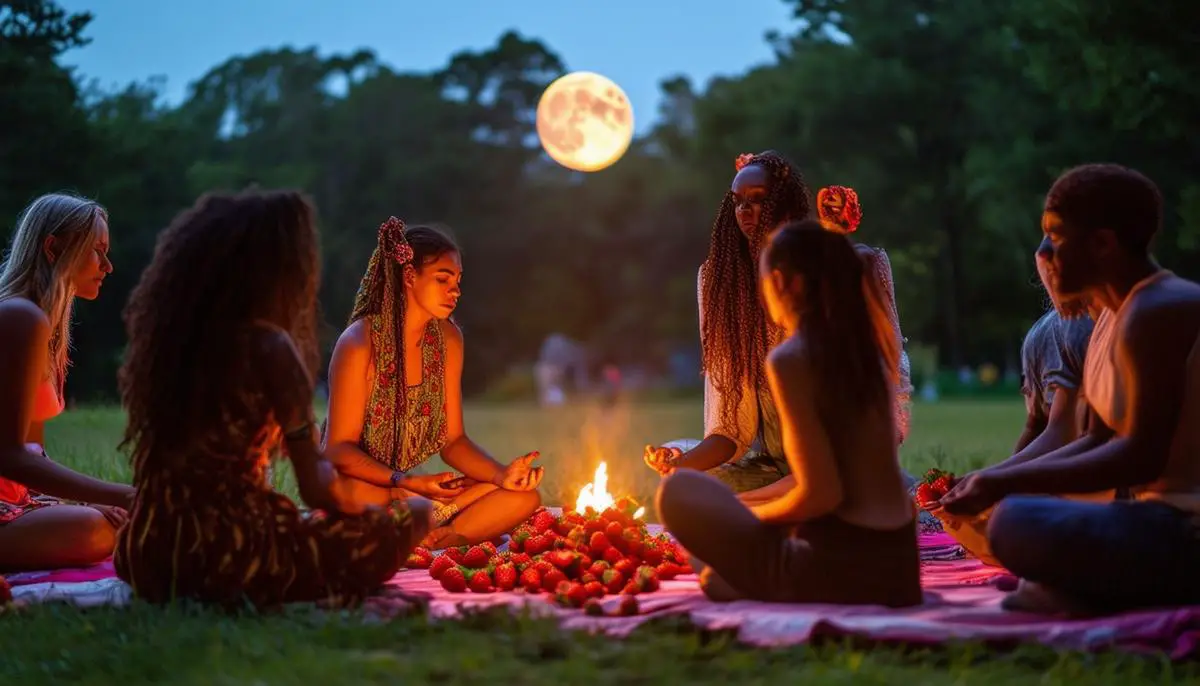
The Strawberry Moon serves as a reminder of our connection to nature and cultural traditions. Its various names and meanings reflect the diversity of human history and our shared appreciation for natural rhythms. As we continue to celebrate this lunar event, we honor both our ancestors' wisdom and our ongoing relationship with the cosmos.
- Rao G. Worldwide Full Moon Names. Space.com. 2018.
- Aveni A. The Book of the Year: A Brief History of Our Seasonal Holidays. Oxford University Press; 2003.
- Kavasch EB. The Moons of Native America. Celestial Times Press; 2016.
- Chand R. Chinese Dragon Boat Festival: History, Customs, and Foods. China Highlights. 2022.
- Koren L. Wabi-Sabi for Artists, Designers, Poets & Philosophers. Stone Bridge Press; 1994.
![]()
